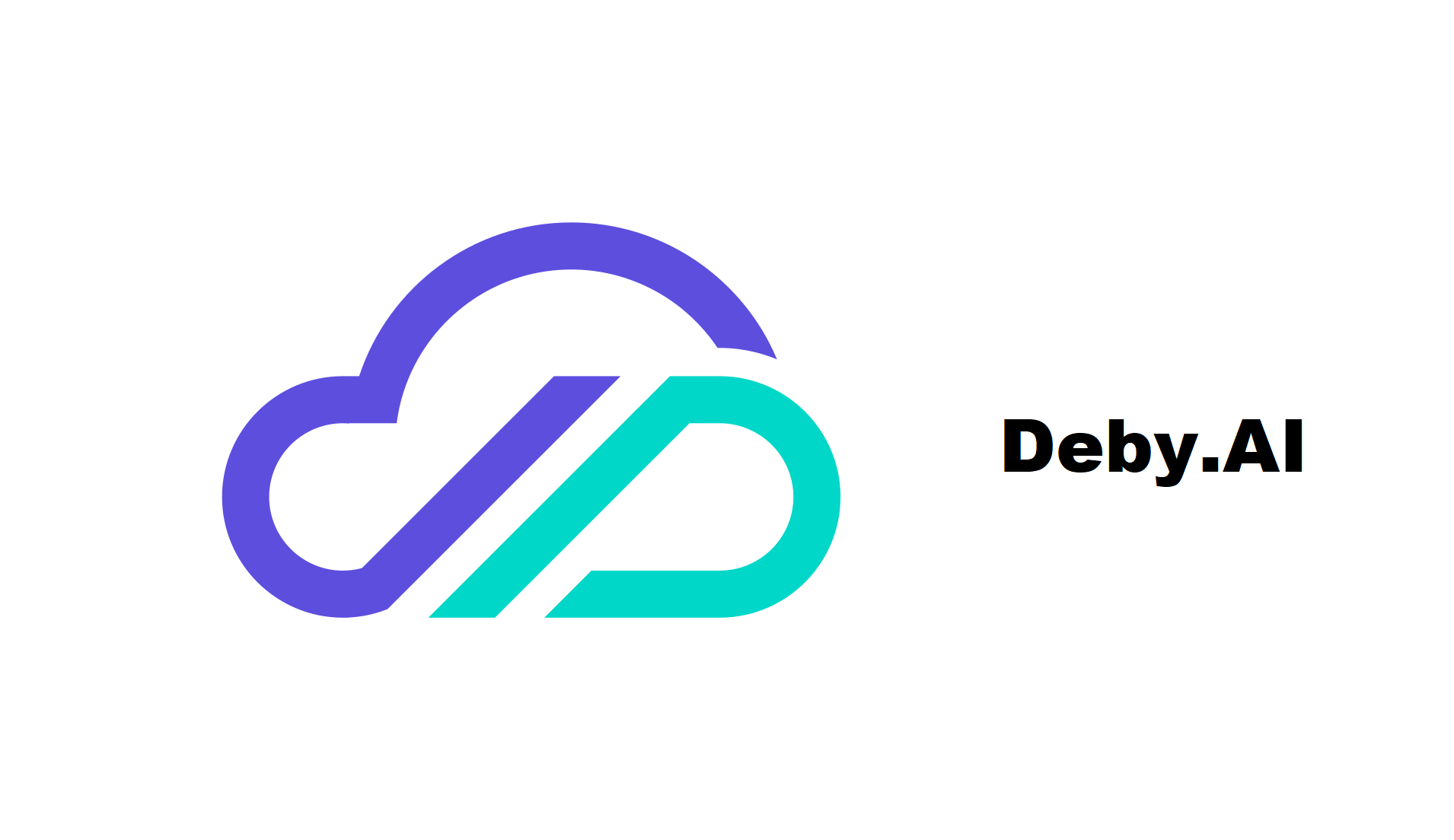Both No-Code and Low-Code tools can be useful for building applications and websites quickly and efficiently. What’s the best choice for my project?
No-code tools are software platforms that allow users to create, customize, and deploy applications or websites without writing any code. They are designed to be user-friendly and accessible to people who do not have a background in computer programming. No-code tools often use visual drag-and-drop interfaces or pre-built templates to make it easy for users to build and customize their own applications.
Low-code tools are also software platforms that allow users to create, customize, and deploy applications or websites with minimal amounts of code. Like no-code tools, low-code platforms are designed to be user-friendly and accessible to people who do not have a background in computer programming. However, unlike no-code tools, which do not require any coding, low-code platforms allow users to write some code if needed to customize their applications or add more advanced features. Low-code tools often use visual drag-and-drop interfaces or pre-built templates, but also provide a way for users to write code using a programming language.
In general, no-code tools are easier to use and require less technical expertise than low-code tools, but may have more limited capabilities. Low-code tools can be more powerful and flexible, but may require a deeper understanding of programming concepts. Both no-code and low-code tools can be useful for building applications and websites quickly and efficiently, but the best choice will depend on the specific needs and goals of the project.

